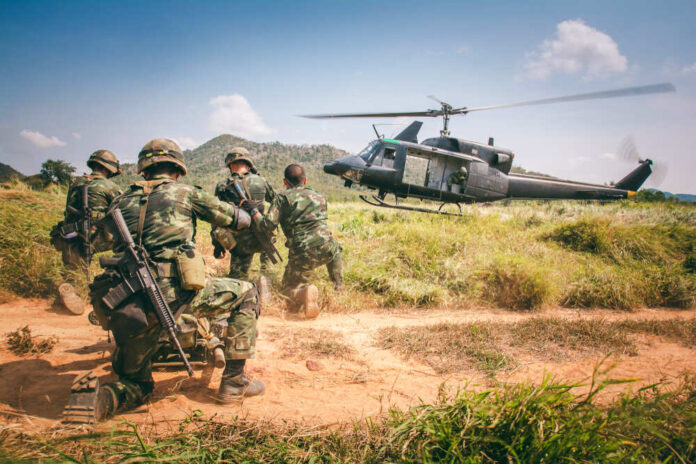
The US and Philippine armed forces commenced their largest joint combat exercises in decades on Tuesday, according to the Associated Press. The annual joint drills, called Balikatan, will run from April 12 to 28 and involve over 17,600 military personnel.
The drills will take place along the disputed waters of the South China Sea and the Taiwan Strait. It is the latest show of US military might in the region as the Biden administration looks to reinforce alliances to counter China.
The US and the #Philippines launched their largest joint combat exercises. The annual #drills will run until April 28, and involve over 17,000 military personnel. The drills have been met with local protests against the increasing US military presence in the Philippines. pic.twitter.com/h14ZWQv2qn
— WatchTower 环球瞭望台 (@WatchTowerGW) April 12, 2023
Efforts to Protect Territorial Interests. The Philippines is taking steps to safeguard its territorial issues in the South China Sea, which China claims as its own, by increasing joint military drills with the US. The country is also allowing rotating groups of US forces to stay in Philippine military camps under a 2014 defense pact.
The Balikatan drills will see around 12,200 US and 5,400 Filipino military personnel participate, along with 111 Australian counterparts. It is the largest joint exercise since Balikatan began 30 years ago.
Weapons and Equipment Used in the Drills. US and Philippine military officials have announced that the Balikatan drills will involve US warships and fighter jets, as well as HIMARS rocket launchers, Patriot missiles, and anti-tank Javelins. The drills will include the first live-fire exercise in which US and Filipino forces will coordinate artillery bombardment and airstrike to sink a target ship in Philippine territorial waters.
Preparing for Possible Threats. During a press conference, Col. Michael Logico, the Philippine spokesman for Balikatan, stated that the live-fire exercise will simulate a potential threat in which the Philippines is invaded by sea. Logico said that Philippine President Marcos did not express concerns about Beijing being provoked by live rocket fire near waters that China claims as its territory.
China’s Reaction. In a press briefing previous week, Chinese Foreign Ministry spokeswoman Mao Ning expressed concern that the increased US military presence in the region could lead to more tensions, harming the “peace and stability in the region.”














